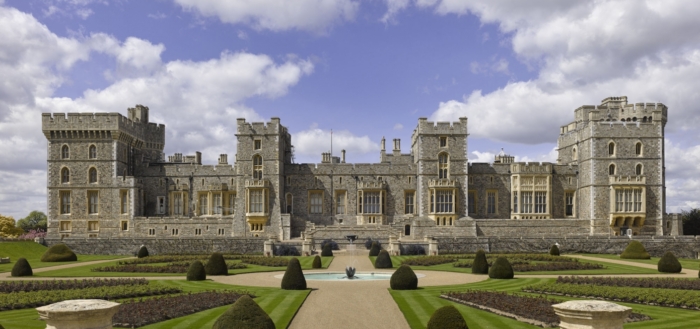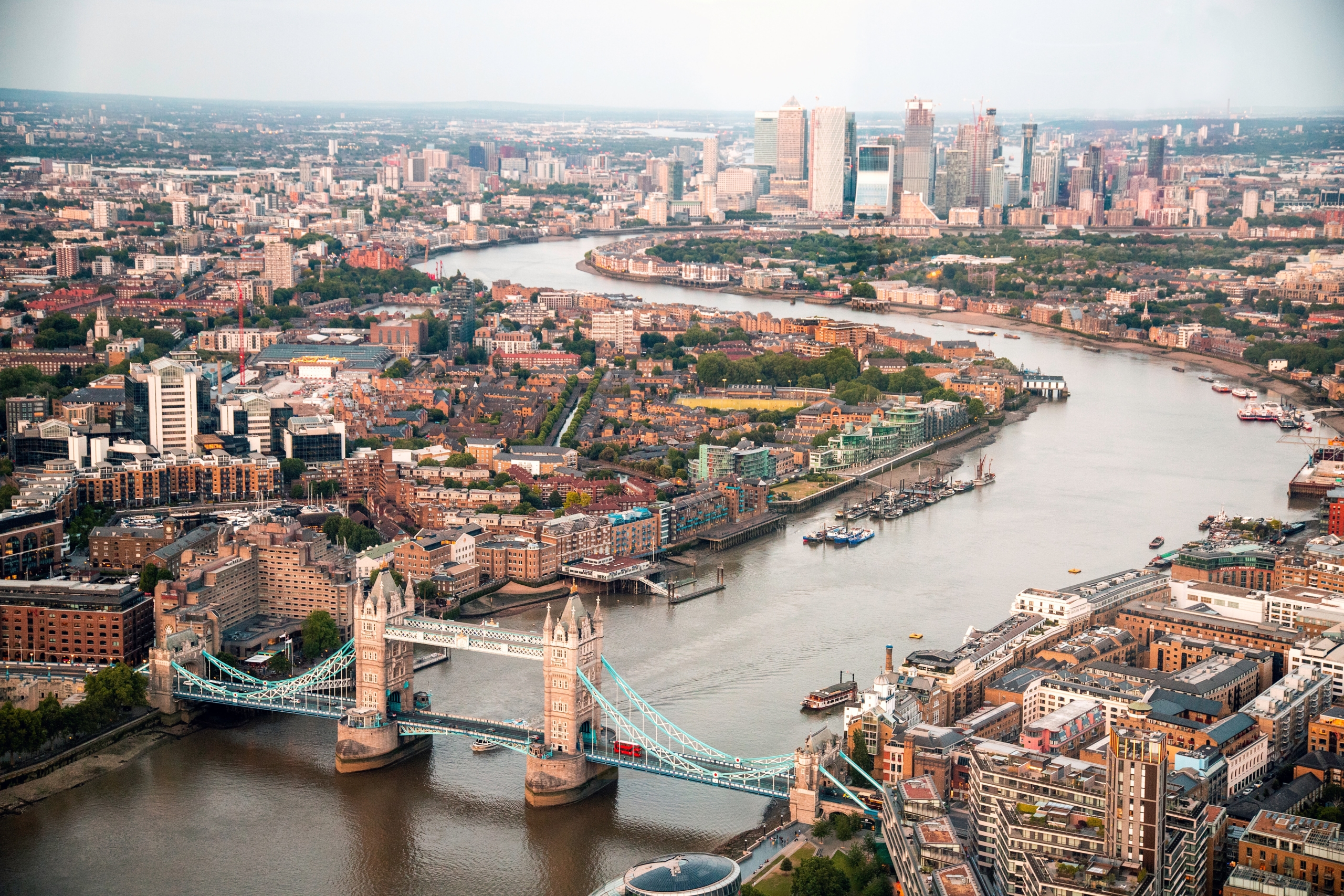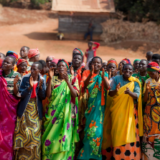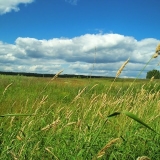Who do you think of first when you hear the name Elizabeth? What about Charles? Maybe you have friends or relatives with these names, but if you don’t, chances are you will think of the members of the British royal family first. Notice that people with a global recognition similar to theirs don’t need a full name to be distinguished from the rest of the world. And with fame comes the high level of importance placed on someone’s name. Members of the British royal family are generally mentioned only by their first name of choice, but all their names serve to allude to a certain meaning, at one hand consisting of the rich history of English personal names and on the other, in respect of former royal family members. In this article, we will try to tackle the great significance of these well-known names and to discuss English personal names in relation to them too.
Gallery of the British Royal Family
We generally meet the names of the British royal family with their assigned royal titles, or at least with a part of them. In the case of the Queen for example, it would be slightly problematic for journalists to always mention her as Queen Elizabeth the Second, by the Grace of God Queen of this Realm and of Her other Realms and Territories, Head of the Commonwealth, Defender of the Faith. Her complete name without her titles is Elizabeth Alexandra Mary, the first name paying tribute to her mother, while the second and the third referring to her grandmothers. We can already see from the first example, that ancestors are really significant for royal family members, who reuse names as an act of cherishing family values. The first in line to the throne is Prince Charles, whose full name is Charles Philip Arthur George and his name, when completed with his titles is His Royal Highness Charles, Prince of Wales. His names have also been used in the royal family before (and after) him. There are cases, however, when royals are usually referred to only by their titles, for example in the case of Anne, the Princess Royal, which is the highest title a female member of the family may get, as the eldest daughter of the monarch.
There are names which are repeated many times in the royal family tree and that bear additional meaning besides the honoring of parents and other relatives. One of these is Arthur, a name referring to the mythical medieval king and having Celtic origins. Many members of the British royal family today have as one of their names this one, for example Prince Charles, Prince William, and Prince Louis, given by father to son since three generations already. Another interesting fact is, that Prince Harry is known under his nickname, while he is actually called Henry, a name which means “house ruler”. The prince’s other name is David, which means “beloved”, while the name that he and his wife, Meghan Markle chose for their son, Archie, means “brave”. First names thus run in the family and any digression from the already established set of names is reasoned by another name that bears a significance for royals, alluding to personality traits necessary for ruling the monarchy.
Do they have a surname?
Did you notice that members of the British royal family don’t seem to have a surname? Well, they actually do have one, they just don’t have to use it often because everybody knows them anyway, of course. The form of their name that we see today is composed of their royal title and their first name which, as we have seen, is usually repeatedly running in the family showing respect to ancestors. Last names are used in the royal family mostly by members without a title, or members that choose to use them with a purpose, but having one is a relatively recent habit of royals.
Members of the British royal family until the beginning of the 20th century combined their first names with the dynasty or house that they belonged to. Royals were also known for the country that they represented, and as their signature, they used their given names. The change to using surnames came in 1917, when, as an expression of his political stance, King George V adapted the surname Windsor. The choice was given by the castle of the same name, which is also the main residence of Queen Elizabeth II since 2011. A few years after her ascension to the throne in 1952, Queen Elizabeth II decided to add the name Mountbatten to the last name of her descendants, given by the surname of her husband, Lieutenant Philip Mountbatten. This also served as a way of distinguishing their own descendants from the rest of the royal family.
So today, the last name of the British royal family is Windsor, except from Queen Elizabeth’s descendants through the male line, who use the hyphenated compound surname Mountbatten-Windsor when the situation requires it. The official website of the royal family explains this distinction alluding to the heir to the throne in the following paragraph: “Unless The Prince of Wales chooses to alter the present decisions when he becomes king, he will continue to be of the House of Windsor and his grandchildren will use the surname Mountbatten-Windsor.”
English Personal Names through the Ages
Many of the most common British names today are also conventionally royal names, such as Edward, Charlotte and Anne. But how many of the English names are truly English? Names dating back to the Old English period are relatively small in number today, due to the massive changes that the language has gone through since their usage. Some of them are Ēadweard, Ēadmund (male) and Ēadgýđ (female) which are still in use today in the Middle English forms of Edward, Edmund and Edith. It’s interesting to note that pet forms of names were much more widespread and varied in medieval England than nowadays. For example, people would use rhyming nicknames for each other by changing the first letter and adding a similarly sounding suffix to the name, like in the case of Ralph, where possible pet forms could be Daw and Haw.
Names usually change continuously in every culture, reflecting historical, social and cultural shifts, and so it happened to English names as well. The Norman invasion of the 11th century had a great role in the shift from Anglo-Saxon names into foreign ones that became the popular names today. Normans brought with themselves names such as Albert, William and Robert, that defeated the Old English names. Another influential force in the usage of names was the Church, but because there was a relatively small number of female saints, in the Middle Ages, women often were given traditionally male names too, like Philip, Alexander and James. The relative stability of the list of names resulted in the repetition of names in the family, just as it happens today with the royals. Then, as the English language was influenced by other cultures, the names also changed and more foreign given names entered the stock, resulting in the widespread usage of middle names as well. In the Victorian period, botanical names such as Daisy and Lily, or place names such as Florence and Malta became increasingly popular, and surnames started to be used as given names as well, like Shirley and Stanley. Then, the influence of American culture is significant especially because of the usage of place names like Beverly and Chelsea for girls.
As we have seen, names are very varied in English, even if royal naming conventions are stricter in this sense, keeping a short list of names that are cherished and special for them. They choose familiar names also because people have to be able to recognize them in many contexts, most of the times without a surname concretizing them. And of course we know who to think of, we only have one person in mind when hearing Cinderella or Aurora too. Exploring royal family names allows one to get lost in exceptional stories that are worthy to be heard of outside history books as well.
Works Cited:
Picture Source:










